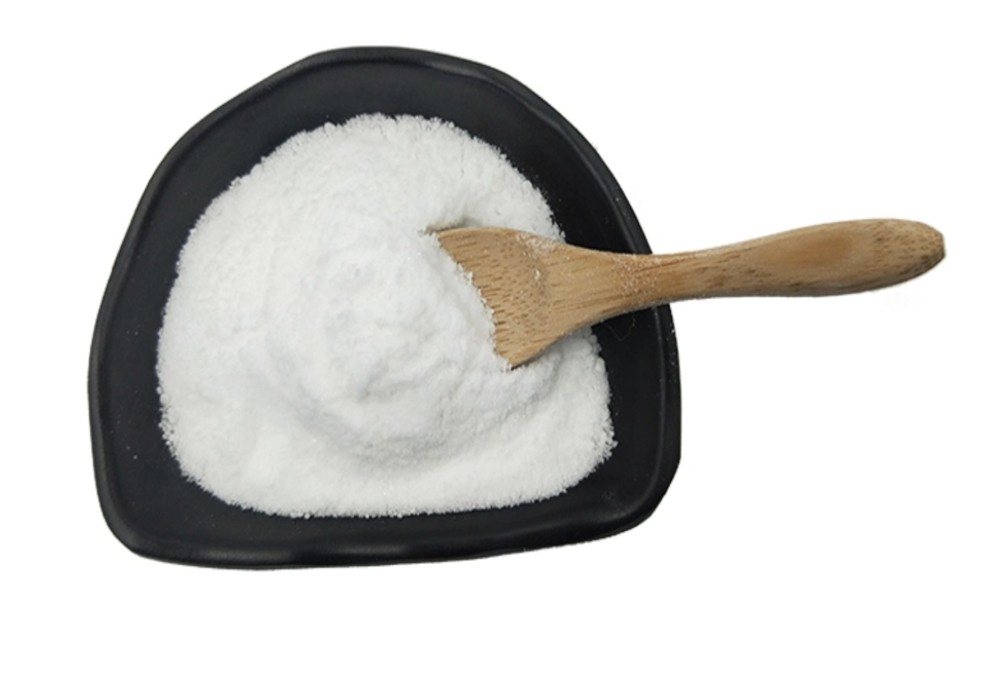L-Histidine is thought to be a human essential amino acid, mainly children. After years of development, humans begin to synthesize it, and at this time become a non-essential amino acid. L-histidine is a semi-essential amino acid that is particularly important for infants and animals. Can be used as biochemical reagents and pharmaceuticals, but also for the treatment of heart disease, anemia, rheumatoid arthritis and other drugs. Histidine is present in bananas, grapes, meat, poultry, milk and dairy products. Navyše, histidine is also present in green vegetables, but less.
1. L-Histidine is an essential amino acid that cannot be formed by other nutrients, and must be in the diet to be available to the body.
2. Most often recognized as a precursor to the allergy symptom producing hormone histamine, both histidine and histamine have essential roles in the body beyond tormenting allergy sufferers.
3. Histamine is well known for its role in stimulating the inflammatory response of skin and mucous membranes such as those found in the nose - this action is essential in the protection of these barriers during infection.
4. Histamine also stimulates the secretion of the digestive enzyme gastrin. Without adequate histamine production healthy digestion can become impaired. Without adequate L-histidine stores, the body cannot maintain adequate histamine levels.
5. Less well known is that L-histidine is required by the body to regulate and utilize essential trace minerals such as copper, zinc, iron, manganese and molybdenum.






















